10 Unusual Trees Found Around The World

Trees are fascinating organisms that come in a remarkable variety of shapes, sizes, and forms. While most of us are familiar with common tree species, there are also several unusual and unique trees found around the world. In this article, we will explore 11 extraordinary trees that captivate with their distinctive characteristics and add to the diversity of our natural world.
Baobab Tree (Adansonia)

The Baobab tree is often referred to as the “Tree of Life” due to its ability to store massive amounts of water within its trunk. Found in several African countries, including Madagascar, these trees have a distinct, swollen trunk and can live for thousands of years. They also produce fruit that is rich in nutrients and is consumed by both humans and animals.
Dragon’s Blood Tree (Dracaena cinnabari)
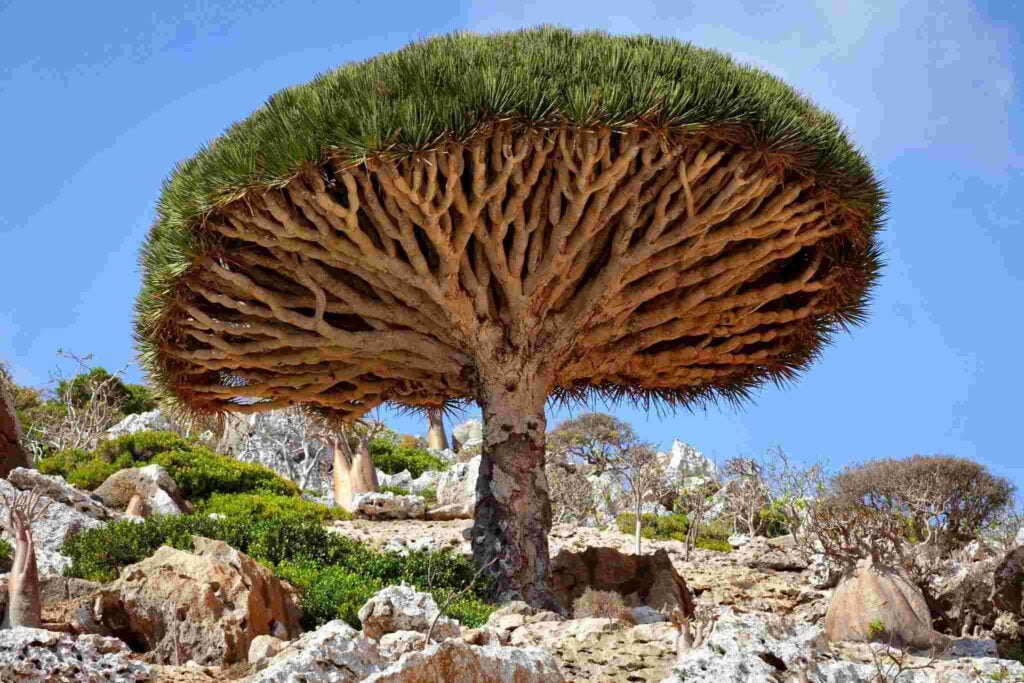
Endemic to the Socotra archipelago in Yemen, the Dragon’s Blood Tree is a peculiar-looking evergreen tree. It derives its name from the dark red resin it produces, which is known as “dragon’s blood.” The umbrella-shaped crown and the unique red resin make this tree an intriguing sight.
Read More: 10 Importance of Animals in Our Life
Rainbow Eucalyptus (Eucalyptus deglupta)
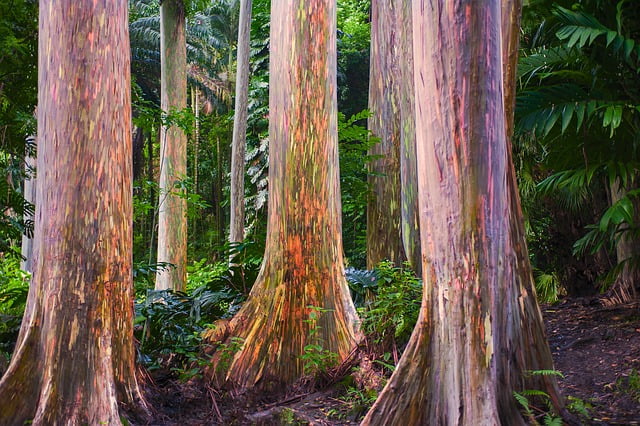
Native to the Philippines, Indonesia, and Papua New Guinea, the Rainbow Eucalyptus is renowned for its vibrant and colorful bark. As the tree matures, patches of its bark peel away, revealing bright green, orange, purple, and maroon hues. This stunning display of colors makes it a popular attraction for nature enthusiasts.
Crooked Forest (Poland)
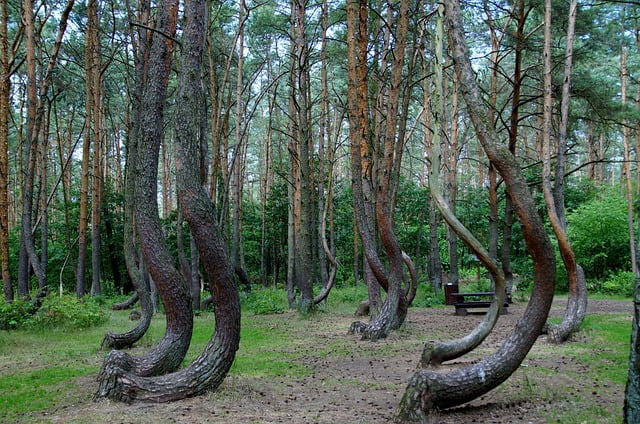
Located in western Poland, the Crooked Forest is a grove of peculiar-looking pine trees with dramatically curved trunks. The reason behind the trees’ unique shape remains a mystery, with various theories suggesting human manipulation or natural causes. Nevertheless, the crooked trees create a surreal and enchanting atmosphere.
Read More: 10 Natural Wonders Of The World
Quiver Tree (Aloe dichotoma)
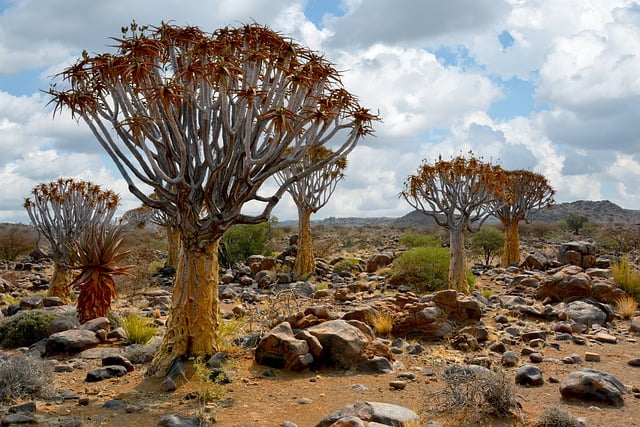
Native to southern Africa, the Quiver Tree is a unique succulent tree species. It derives its name from the indigenous San people, who traditionally used the tree’s branches to make quivers for their arrows. The Quiver Tree has a distinctive branching structure and a rugged, picturesque appearance.
Bottle Tree (Brachychiton)
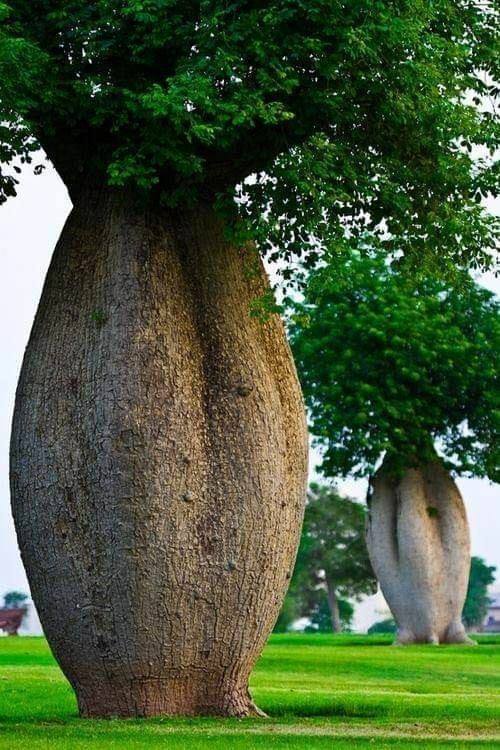
The Bottle Tree, found in Australia and other parts of the world, gets its name from the distinctive bottle-like shape of its trunk. It is characterized by a wide base that tapers upwards, resembling an inverted bottle. The tree produces large, showy flowers, adding to its allure.
Read More: Types Of Forests In The World
Wisteria Tree (Wisteria floribunda)
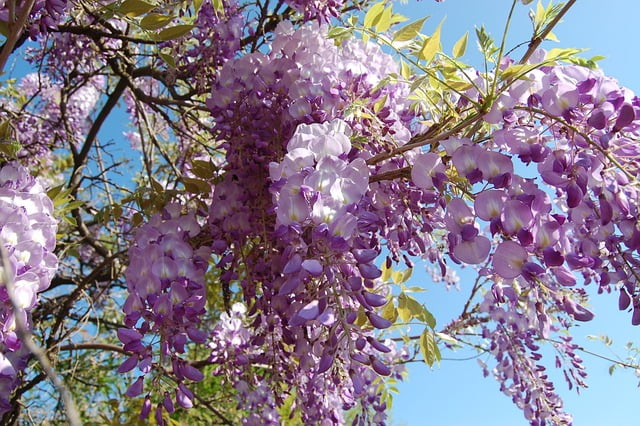
The Wisteria Tree, native to Japan, is known for its stunning cascades of fragrant, lavender-colored flowers. These trees are often trained to grow in a trellis or arbor, creating a mesmerizing floral canopy. The blooming season, typically in spring, attracts visitors who wish to witness this captivating spectacle.
Wollemi pine (Wollemia nobilis)
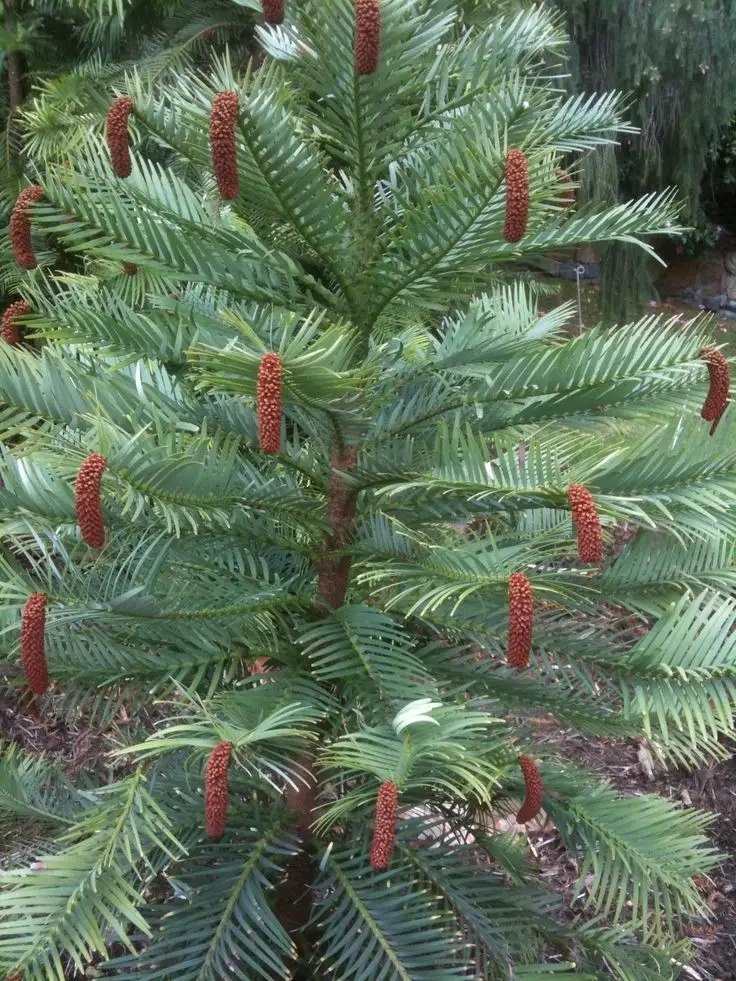
Discovered in 1994 in a remote area of the Wollemi National Park in Australia, the Wollemi Pine is often referred to as a “living fossil.” It was previously believed to be extinct and is now considered one of the rarest trees in the world. With its distinct appearance and ancient lineage, the Wollemi Pine holds significant scientific and conservation value.
Read More: Top Plants to Plant at Home in India
Cannonball Tree (Couroupita guianensis)
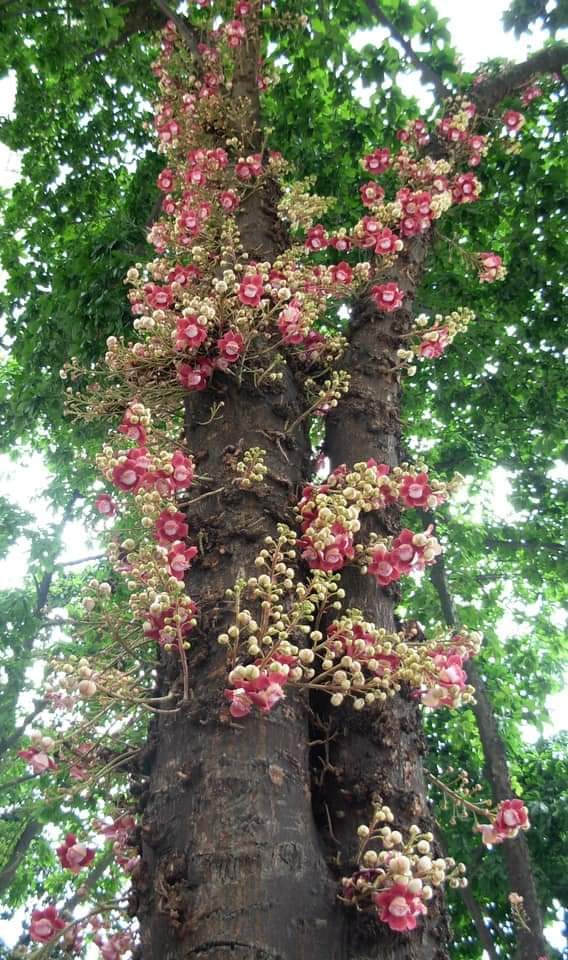
Native to Central and South America, the Cannonball Tree is named after its large, round fruits that resemble cannonballs. The tree produces stunning flowers that hang from its trunk and branches, emitting a delightful fragrance. The unique appearance and fragrant blooms make it a popular ornamental tree.\Joshua Tree (Yucca brevifolia)
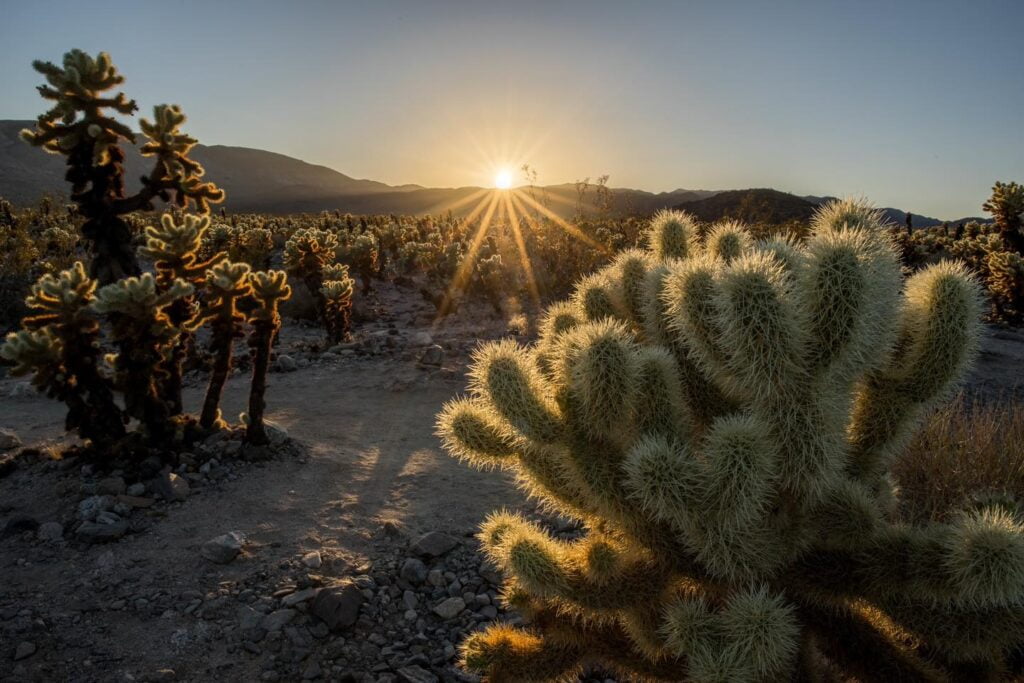
Native to the southwestern United States, these trees have a distinct and twisted appearance, making them an iconic symbol of the desert. The Joshua Tree’s striking appearance and ability to thrive in harsh environments make it a symbol of resilience and a unique icon of the American Southwest. However, its conservation status highlights the importance of protecting these remarkable trees and their fragile desert ecosystems.98




